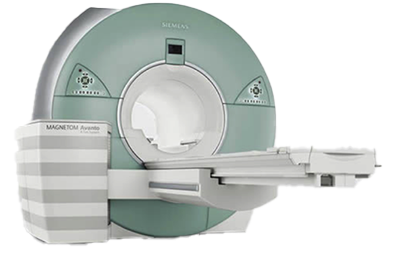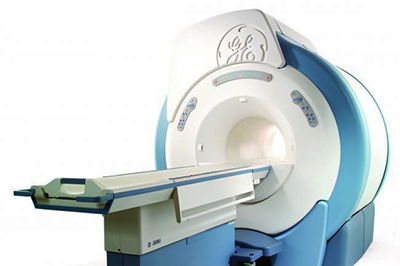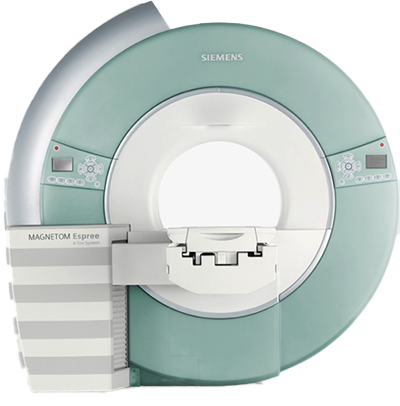 Ready to chat
Ready to chat

The Siemens Avanto, Siemens Espree, and GE Signa Excite HDxt 23x — three MRI systems that deliver high-end performance and great image quality at entry-level pricing in the used medical imaging market.


Siemens Avanto
The Siemens Avanto was introduced in 2005 and quickly became a popular choice in its class, remaining in production through 2011. It was Siemens' first MRI system to feature Zero Boil-Off magnet technology, which proved to be a game changer in terms of long-term magnet stability, reliability, and helium efficiency. The Avanto also introduced Siemens' proprietary TIM (Total Imaging Matrix) technology, which dramatically improved imaging workflow. For example, an 8-channel base model can achieve up to 32 RF channels through simultaneous use of matrix coils such as spine, body array, head, and neck. Similarly, an 18-channel configuration can expand to 72-channel performance.
The superconductive magnet is known to be stable, requiring helium replenishment only every 5–7 years in most environments. At that point, it is generally recommended to ramp down, inspect for icing, replace the cold head and compressor, refill the helium, and ramp back to field — a process that can be completed in under 24 hours.
The Avanto features a standard 60cm bore (not short-bore), which some patients with claustrophobia may find restrictive. However, its longer bore allows for full T-spine studies without the need for image stitching, delivering highly detailed results.
Key Technical Specifications:

The GE 23x series is a reliable, widely available system on the secondary market. While it shares the same 1.5T field strength and 60cm bore as the Avanto, it has its own strengths in terms of user interface, available applications, and upgrade potential. This system is known for its excellent balance between performance and serviceability. With 16 RF channels, a wide array of software options, and a stable magnet design, it’s often chosen for its proven imaging quality, comfortable patient setup, and availability of replacement parts.
The 23x also features in-bore lighting and ventilation, a patient-operator intercom, and a respectable weight capacity. It’s backed by GE's EXCITE HD platform, and many refurbished units are delivered with a broad suite of optional software for advanced imaging.
GE 23x Technical Specs:
The GE Signa Excite HDxt 23x is a 1.5T MRI scanner with a 60cm bore, a weight capacity of 500 lbs, and a Field of View (FOV) of 45 cm. It features 16 RF channels, in-bore lighting and ventilation, and a patient-operator intercom. The system is known for its reliability and is commonly available on the secondary market.
Here's a more detailed breakdown of the specifications:
General:
Imaging:
Patient Comfort & Features:
In-Bore Patient Ventilation, In-Bore Lighting, Patient-Operator Intercom, and Water Cooling System.
Other Features:

The Siemens MAGNETOM Espree 1.5T MRI system is known for its wide bore (70 cm) and short system length (125 cm). This design facilitates head-out exams and supports larger patients. The Espree also incorporates Siemens' TIM (Total Imaging Matrix) technology for efficient imaging and reduced exam times. Here's a more detailed breakdown of the technical specifications:
Key Technical Specifications:
Magnet:
Other Key Features:
Beyond the machine itself, here’s what typically factors into the full delivered cost of a used MRI system:
Typical cost range: $225,000 to $300,000 in costs — and that applies equally to the Avanto, Espree, 23x, or any other 1.5T high-field MRI system. In addition to equipment price and seller's markup.
All three MRI systems — Siemens Avanto, Siemens Espree, and GE 23x — remain viable, supported, and reliable in 2025. The right choice depends on your clinical setting, budget, and imaging needs. Each offers unique advantages in bore design, RF channels, and upgrade paths, making them excellent candidates in the secondary market.
This article was originally published by Imaging Quest LLC on iqmedmart.com on May 19, 2025. Data gathered from Siemens Healthineers and GE Healthcare product documentation. All trademarks referenced belong to their respective owners.
Comments